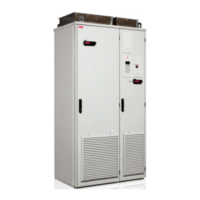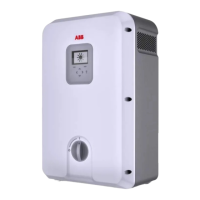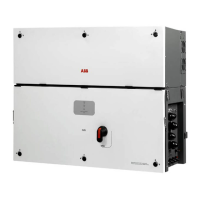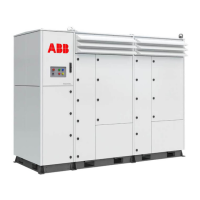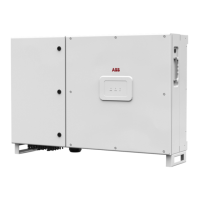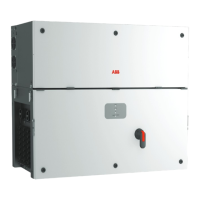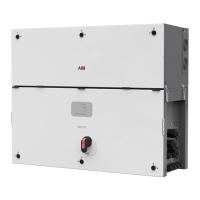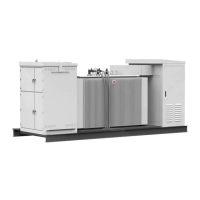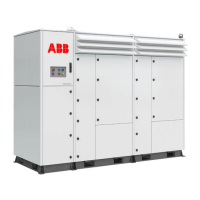48 Technical data
Altitude derating
The inverter load capacity (current and power) decreases if the installation site altitude is
higher than 1000 meters (3281 ft). This is due to the fact that air is thinner in higher
elevation which decreases the cooling capacity. To calculate the altitude effect for
installations at higher than 1000 m, add 0.5 °C per 100 m to the inverter temperature
derating curves (for example, an installation altitude of 1400 m adds 2 °C). When you
calculate the available inverter power, account for the different ratios of P(%) per °C at
different inverter operating temperatures (refer to Temperature derating on page 47).
Derating example:
This example calculation is for a site at 1600 m with an ambient temperature of 35 °C:
1. Calculate the altitude corrected temperature: 35 °C + 3 °C = 38 °C.
2. Calculate the inverter power difference with relation to the nominal (50 °C) value with
the altitude corrected temperature: (50 °C – 38 °C) * 0.8 P(%)/°C = 9.6 P(%).
3. Add the result to the inverter nominal power (100 P(%)): 100 P(%) + 9.6 P(%) =
109.6 P(%).
4. Based on the calculation, in these conditions the inverter can produce 109.6% of its
nominal power.
In the unlikely event that the total equivalent temperature (site °C + altitude °C) exceeds
the nominal temperature of 50 °C, contact ABB for information.
